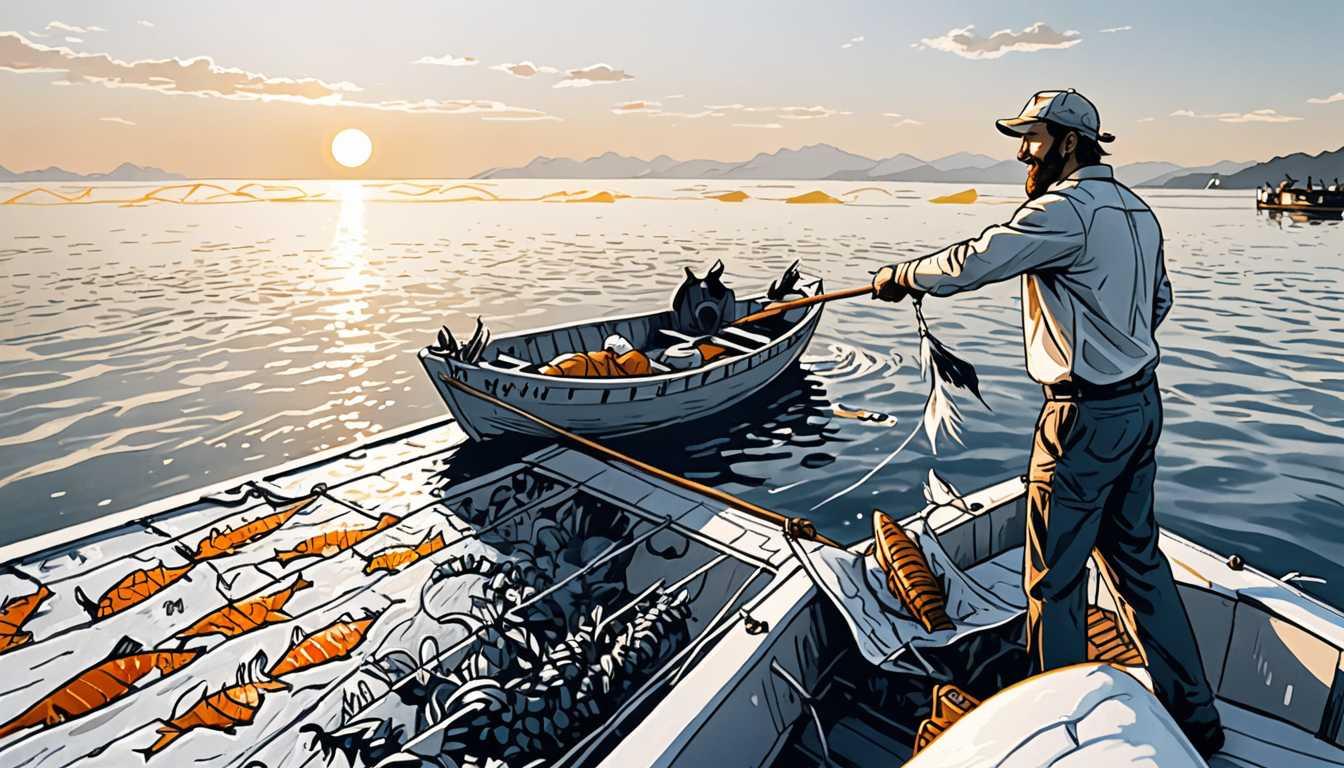What's Swimming in Your Duck Dinner?
January 2025
Cornell News Highlights
Introduction
Hey there, curious minds! Did you know that waterfowl like Canada geese and mallards are not just tasty but also carry some unwanted guests? A recent study from Cornell University reveals that these birds are contaminated with chemicals that could impact both their health and yours! With researchers testing over 100 birds, they uncovered concerning levels of polychlorinated biphenyls and other nasties. If you're a fan of duck hunting or just want to know what’s flying under the radar, check out the full scoop in Cornell News Highlights!
READ FULL ARTICLEWhy It Matters
Discover how this topic shapes your world and future
The Contaminants Conundrum in Waterfowl
Understanding the contamination of waterfowl is crucial not only for the health of birds but also for the safety of those who consume them. Recent studies have revealed that various harmful substances, including polychlorinated biphenyls (PCBs) and pesticides, are present in commonly hunted species. These findings are significant because they raise essential questions about wildlife health and human safety. With over half a million ducks and geese harvested annually across several states, the implications of these contaminants extend beyond just birds, they impact ecosystems and communities. By studying these effects, we can better understand the delicate balance of nature and the importance of protecting our environment for both wildlife and human consumers.
Speak like a Scholar
Contaminants
Harmful substances that can pollute the environment, animals, or food.
Ecosystem
A community of living organisms interacting with each other and their environment.
Polychlorinated Biphenyls (PCBs)
Man-made chemicals that were used in electrical equipment and other products, now banned due to their harmful effects on health and the environment.
Organochlorine Pesticides (OCPs)
A group of chemicals used to kill pests that can remain in the environment and affect wildlife.
Per- and Polyfluoroalkyl Substances (PFAS)
Chemicals used in various industrial applications and consumer products known for their persistence in the environment and potential health risks.
Conservation
The act of protecting and preserving natural resources and wildlife to maintain biodiversity and ecological balance.
Independent Research Ideas
The Impact of PCBs on Waterfowl Health
Investigate how PCBs affect the reproductive success and survival rates of waterfowl, exploring why some species show different contamination levels.
Comparative Analysis of Contaminants in Aquatic Ecosystems
Research how different water sources (lakes, rivers, wetlands) influence the types and levels of contaminants found in local wildlife.
Public Health Policies on Game Consumption
Examine the evolution of health advisories regarding the consumption of wild game, analyzing the effectiveness of current guidelines on community health.
The Role of Hunters in Wildlife Conservation
Explore how hunting practices can contribute to conservation efforts and the management of wildlife populations, particularly in light of contamination issues.
Innovative Solutions for Reducing Wildlife Contaminants
Investigate new methods and technologies that can be employed to minimize pollution in wetland habitats and protect waterfowl from harmful chemicals.
Related Articles

Plastic Diet: Seabirds' Gut Turmoil
March 2023
MIT Technology Review

Fish Farming: A Sustainable Amazon Solution?
February 2025
Cornell News Highlights

Cows' Secret to Healthy Teeth
May 2023
Georg-August-Universität Göttingen

From Scraps to Sustainable Snacks!
August 2024
BBC Future

Sunbathing Secrets of the Animal Kingdom
August 2022
National Geographic